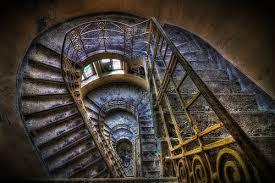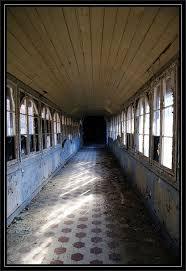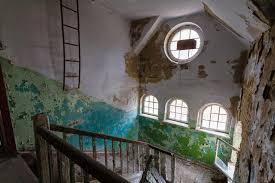Martha Hall Kelly's Blog: Martha's Blog, page 18
July 5, 2015
How a Last-minute Decision to Drive to a Connecticut House Tour Led to a Ballantine Book Deal

One Sunday over ten years ago my husband urged me to take a break from the daily routine of raising three children and drive to Northwestern Connecticut to visit an historic home I’d wanted to see. I had read about Caroline Ferriday’s Bethlehem, Connecticut home and her garden, filled with specimen plants she and her mother had collected in their travels around the world.
[image error]
During that brief visit my life changed dramatically, since I learned of a story that changed Caroline’s life as well– of how she worked with a group of Polish concentration camp survivors and brought them to America. I ended up writing a novel based on the story, Lilac Girls, coming next spring from Ballantine Books.
This past May I re-visited the Bellamy-Ferriday House. It was strange but wonderful to take the same house tour I took ten years ago. I felt the same excitement on the tour, but this time it was different. After years of researching Caroline’s life so intensely and after writing so many scenes that take place in the house and gardens, it felt like coming home.


The house is very much the same, just as Caroline left it, kept pristine by The Connecticut Landmarks, to whom Caroline wisely left her beloved home. It was emotional seeing Caroline’s bedroom…

…and the view from the bay window her mother had built as a sixteenth birthday gift. Looking out over the lovely garden Caroline and her mother built together, such a healing project after Mr. Ferriday died at a young age, brought a tremendous wave of emotion.
I was thrilled to turn the corner of Caroline’s bedroom and discover a new addition, a portrait of Caroline as a young woman, recently gifted to the house. The portrait is lovely and makes her presence come alive in the room. Taking photos of the house interiors is not allowed, but it’s worth a trip to the property to see Caroline’s wonderful furnishings and artifacts firsthand.
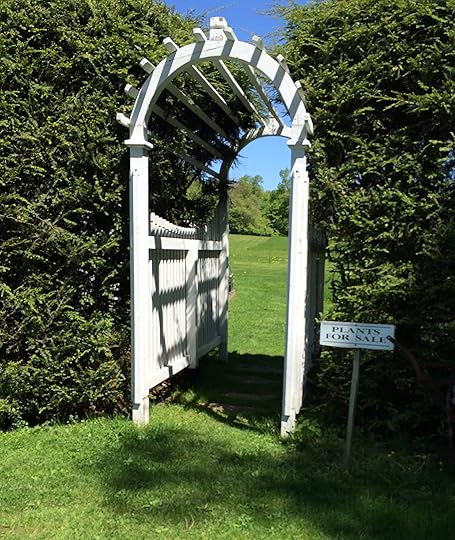
Beyond this arbor you’ll find the garden from which I brought home one of Caroline’s lilac’s offspring on that first trip. It keeps alive a long-time tradition of Caroline’s mother, Eliza Ferriday, of sharing their plants with others.
The new site administrator Erica Dorsett-Mathews welcomed me, shared her excitement about Lilac Girls and introduced the site horticulturist George McCleary and his wife Carol (below), who take painstaking care of Caroline’s gardens, grounds and orchard. George knew Caroline when he was a teen growing up in Bethlehem and told me wonderful stories about her.
 It’s a labor of love for the pair, who intimately know every plant in the garden and work tirelessly to keep it as Caroline wished. George is bringing heirloom apple trees with wonderful-sounding old names like Sheep’s Nose and Sops of Wine to the property to repopulate the lovely old apple and quince orchard adjacent to the house, below.
It’s a labor of love for the pair, who intimately know every plant in the garden and work tirelessly to keep it as Caroline wished. George is bringing heirloom apple trees with wonderful-sounding old names like Sheep’s Nose and Sops of Wine to the property to repopulate the lovely old apple and quince orchard adjacent to the house, below.

Carol took me through the garden, told me the latin name for each plant and filled me in on Caroline’s favorite roses and lilacs. Heaven!

Caroline didn’t just love her exquisite old garden roses like her Jean D’Arcs and the pair of Katharina Zeimets she inherited from her mother. She gave equal opportunity to common violas (above), lilly-of-the-valley and the most splendid lilacs. The lilac fragrance adrift in the air that day was like medicine.
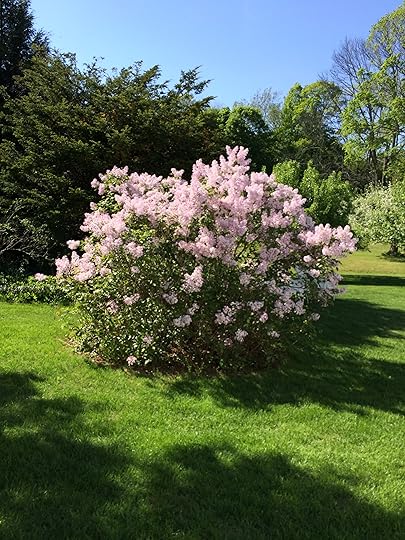
Sometimes I think some sort of cosmic force led me to the house that day so long ago, since the process of finding an agent to represent the manuscript and the offer from Ballantine Books to publish it was full of strange but wonderful coincidences. But however it happened I’m grateful every day that it did and can’t wait to share the story with the world soon.
For more information about taking your own tour of Caroline’s house click here: http://www.ctlandmarks.org/content/bellamy-ferriday-house-garden
It’s well worth the trip!
June 22, 2015
Hohenlychen, the summer retreat where Nazi leaders went to enjoy soccer, swimming and bizarre medical experiments

Visit Hohenlychen Sanatarium today, a short drive north of Berlin, and you’ll see there’s little left of the Nazi showplace it once was. You’d never know that behind those crumbling walls is a story of Nazi hubris and shocking medical experiments.
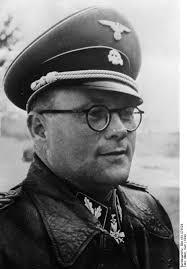
Originally a TB sanitarium, in 1935 Hohenlychen came under the control of the infamous Nazi doctor Karl Gebhardt and became known for treating the German national teams’ athletes. Gebhardt not only served as the Hohenlychen Medical Superintendent but was also the Consulting Surgeon of the Waffen-SS, the Chief Surgeon of the SS and Reich Police and Heinrich Himmler’s personal physician.
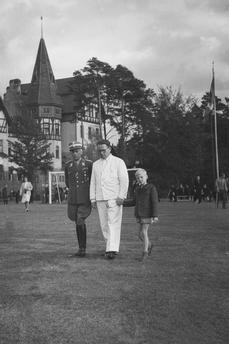
Gebhardt turned Hohenlychen into a world-class facility and it became a popular place with Nazi officials who came for rest and recreation. Both Himmler and Rudolf Hess lived there for long stretches. Himmler even kept his mistress, Hedwig Potthast known as “the little hare” at Hohenlychen, where she gave birth to their children.
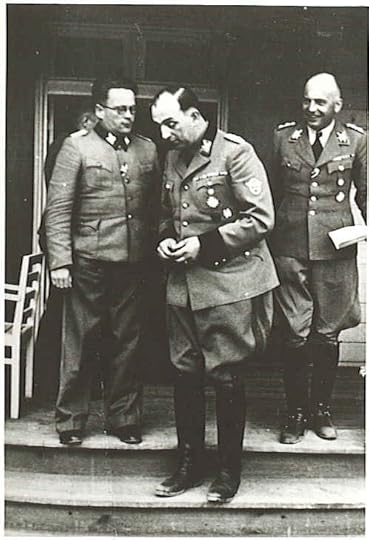
The visitors books are signed by numerous prominent Nazis including Hitler, Reich sports leaders and international guests from all over the world including Italy, England, France, Portugal, Peru, Chile and Argentina.

Mayor Tomejiro Okubo of Tokyo, left.
The mayor of Tokyo visited, as did the Greek royal family. High profile medical lectures were held at Hohenlychen and the gymnasium was used as a cinema for film screenings.
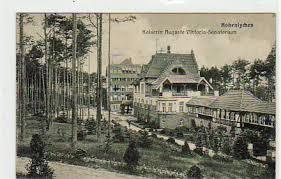
Guests enjoyed a wide range of recreational sports and Gebhardt added a large swimming pool, which had a removable roof for summer bathing and a weather station was built in order to study of the relationship between weather and disease. During the Olympics Hohenlychen achieved a great international reputation for treating meniscal injuries.

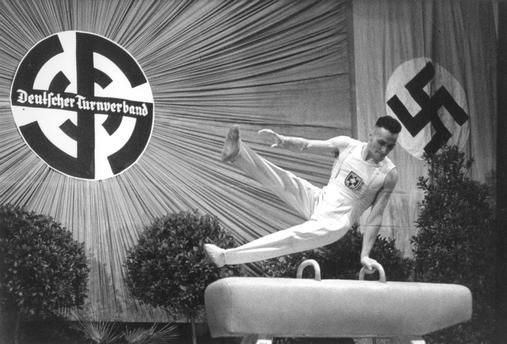

In 1939 after the outbreak of the Second World War Hohenlychen was converted into a military hospital, still headed up by Gebhardt. He supervised many questionable medical experiments there, including an attempted arm transplant from a Ravensbruck prisoner onto a German man, but he became infamous for his experiments on 72 Polish women who became known as “the Rabbits.”
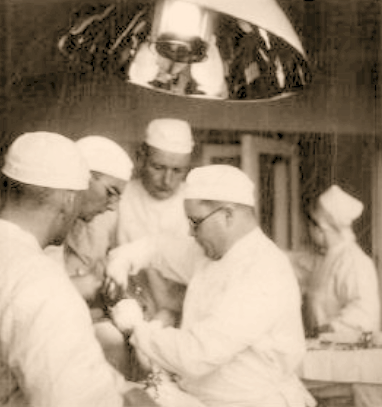
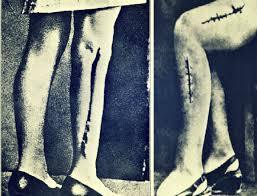
Gebhardt commuted from Hohenlychen to Ravensbruck to carry out his extensive sulfa drug clinical trials on Polish women prisoners. The women in his experimental group, chosen from a recent transport of Polish political prisoners picked for their healthy constitutions and legs, were surgically wounded and contaminated with bacteria, dirt, wood and ground glass.
Once several of the women died, the doctors concluded sulfonamides were not an effective treatment. At the same time, Gebhardt also used these women as experimental subjects to conduct a series of studies into the transplantation of bone, nerves and muscles.

After the war Gebhardt appeared at Nuremberg in the Doctors’ Trial, along with assistants/co-defendants Dr. Herta Oberheuser and Dr. Fritz Fischer (the press called the trio the “Hohenlychen Three”) and was convicted of war crimes and crimes against humanity. Gebhardt was found guilty and condemned to death on the 20th. August, 1947 and hanged in 1948, in Landsberg Prison, Bavaria.

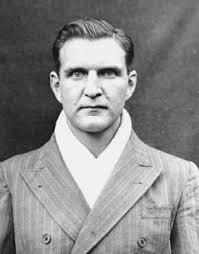
Fischer was sentenced to life imprisonment and Oberheuser sentenced to twenty years in prison for their parts in the experiments, but were quietly released after serving only a fraction of their time.

Count Folk Bernadotte
During the war Hohenlychen was never bombed due to the large red crosses painted on the roofs. When Himmler realized the war was lost he set up meetings there using Count Folk Bernadotte, the head of the Swedish Red Cross, as an intermediary, hoping to broker a deal with the Allies.
The meetings were fruitless and in April, 1945, Hohenlychen surrendered without a fight to the Soviet army and the Russian soldiers bivouacked in the hospital. After the war the Russians used the site as a general hospital and barracks and following the fall of the Berlin Wall in August, 1993, the Russian Army left East Germany for good.
 Today Hohenlychen remains empty, the ghosts of a checkered past its only guests.
Today Hohenlychen remains empty, the ghosts of a checkered past its only guests.